News / Features
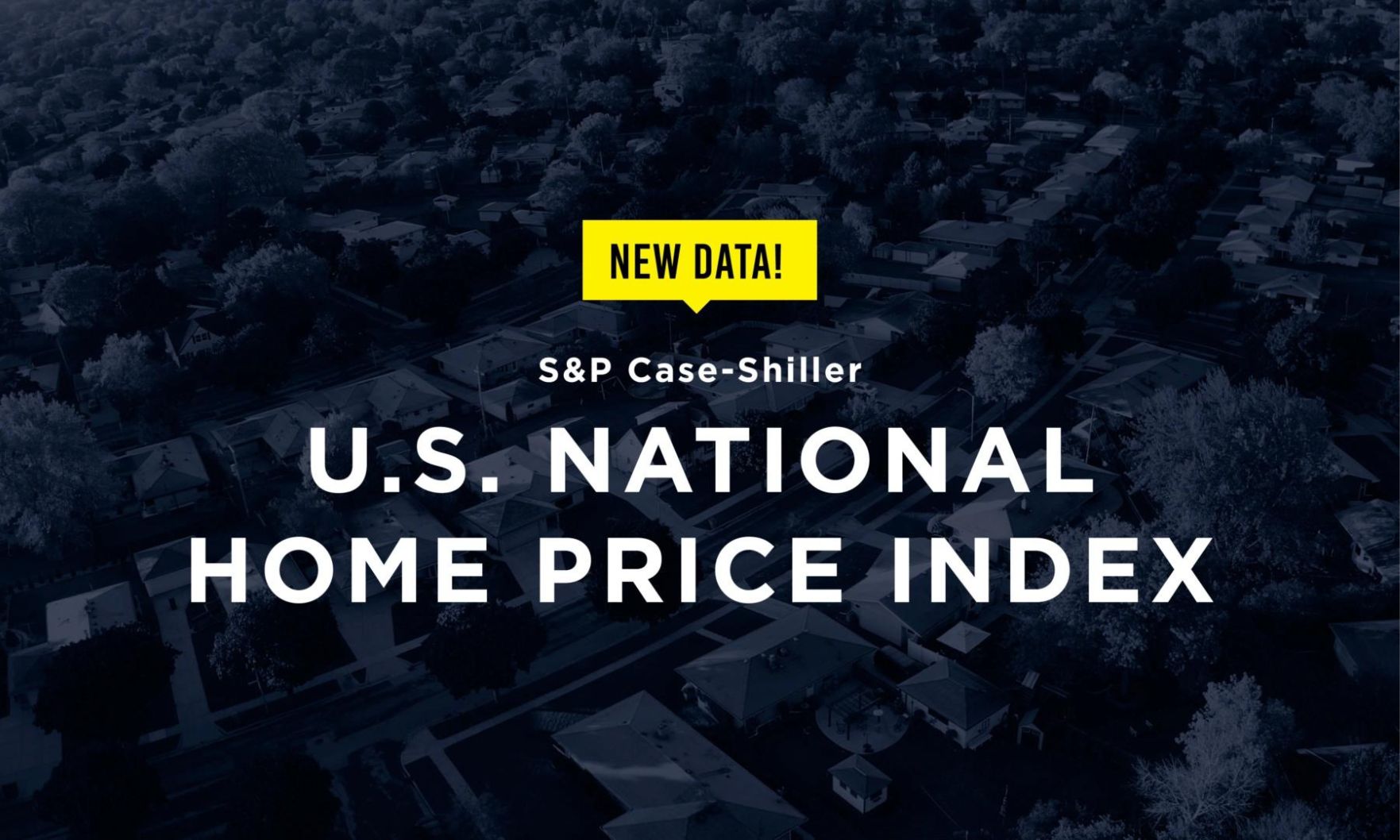
What does the latest S&P CoreLogic Case-Shiller Index show about Boston real estate?

Limited inventory and fierce competition continued to add upward pressure to prices in the Bay State.
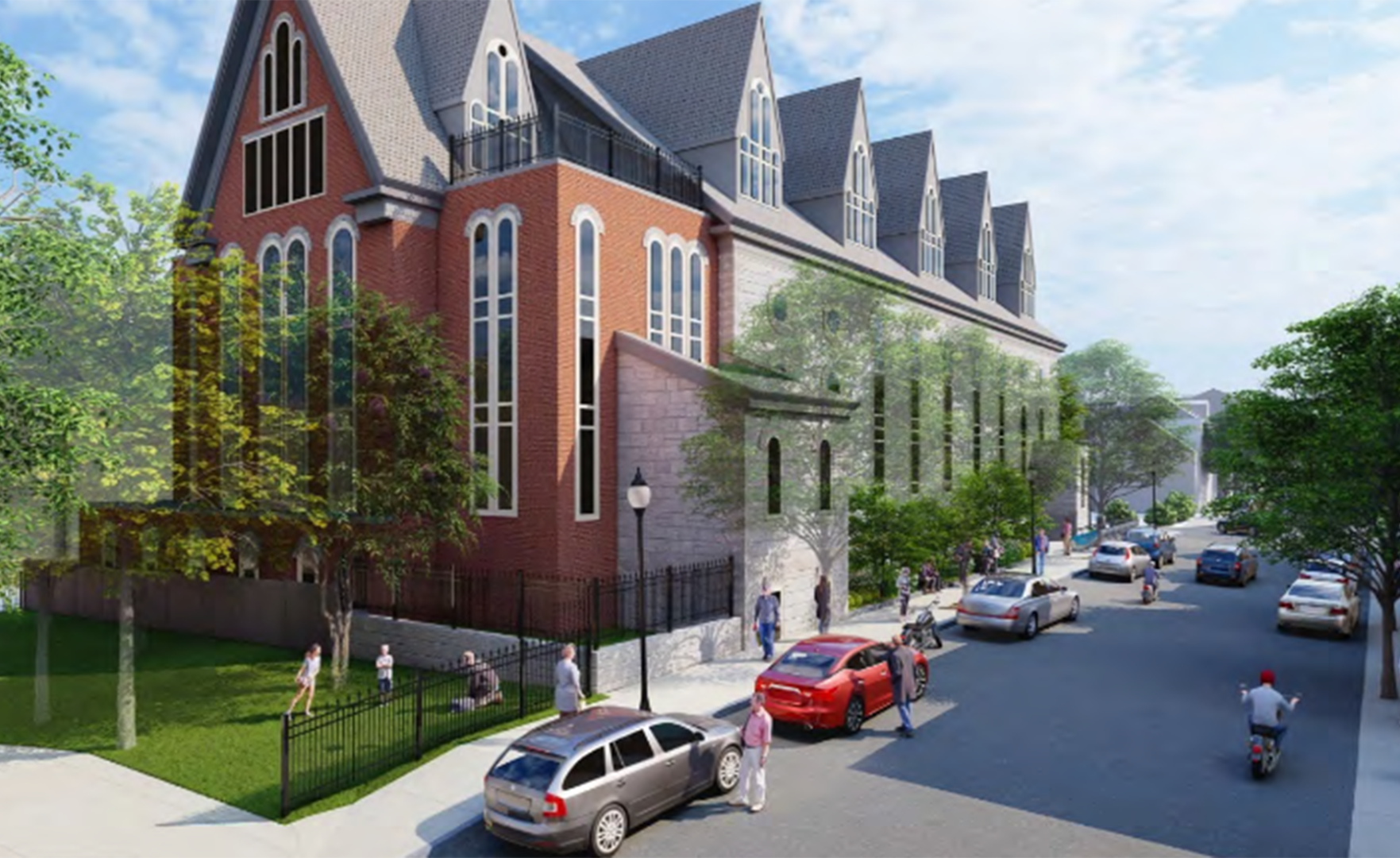
Two projects to bring more than 55 housing units to South Boston.

The increase ends a six-month string of monthly declines, the National Association of REALTORS® said.

New-home inventory rose to 444,000 homes in May from 437,000 homes in April, the U.S. Census Bureau and the U.S. Department of Housing and Urban Development reported.
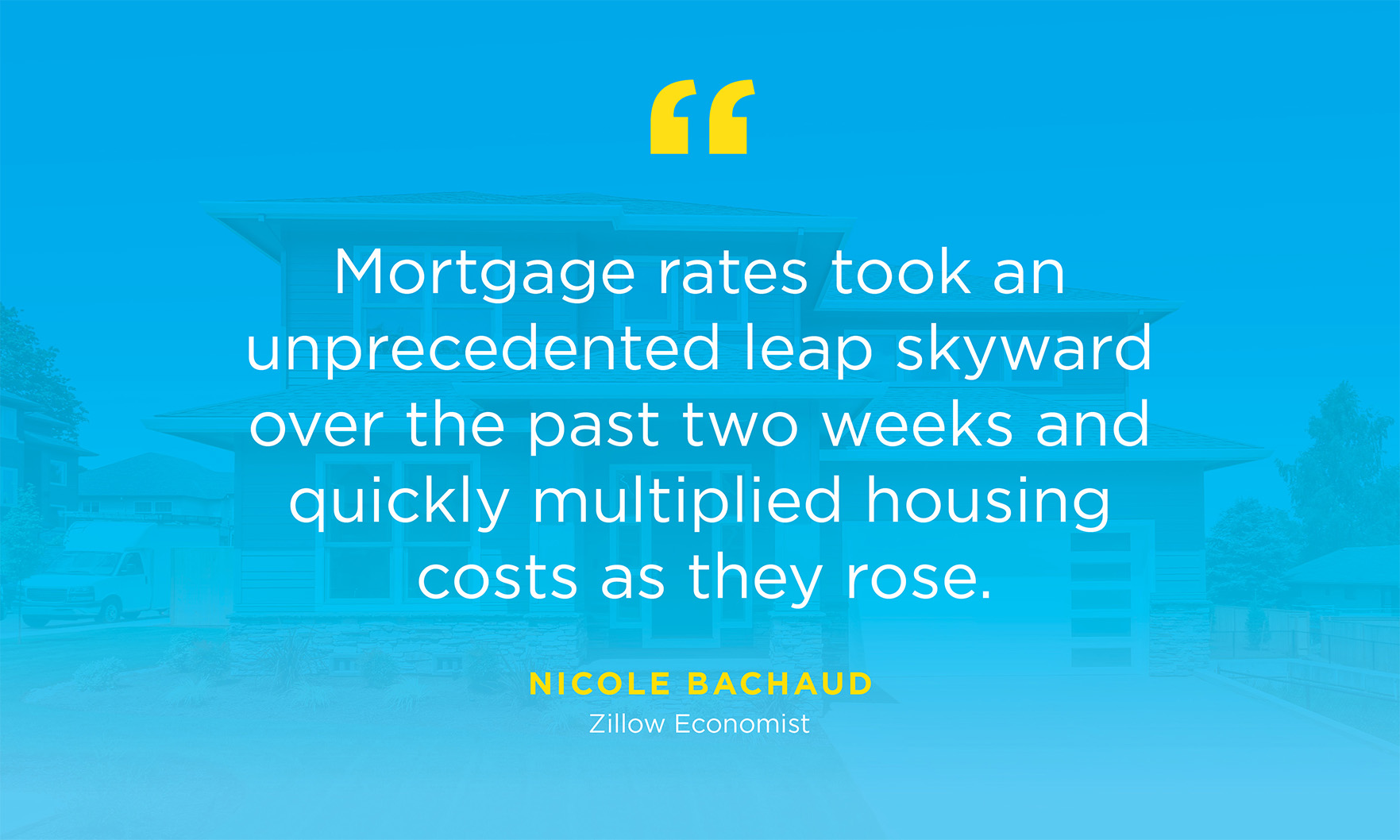
The hit to affordability has lessened demand, eased price growth, slowed sales and boosted inventory
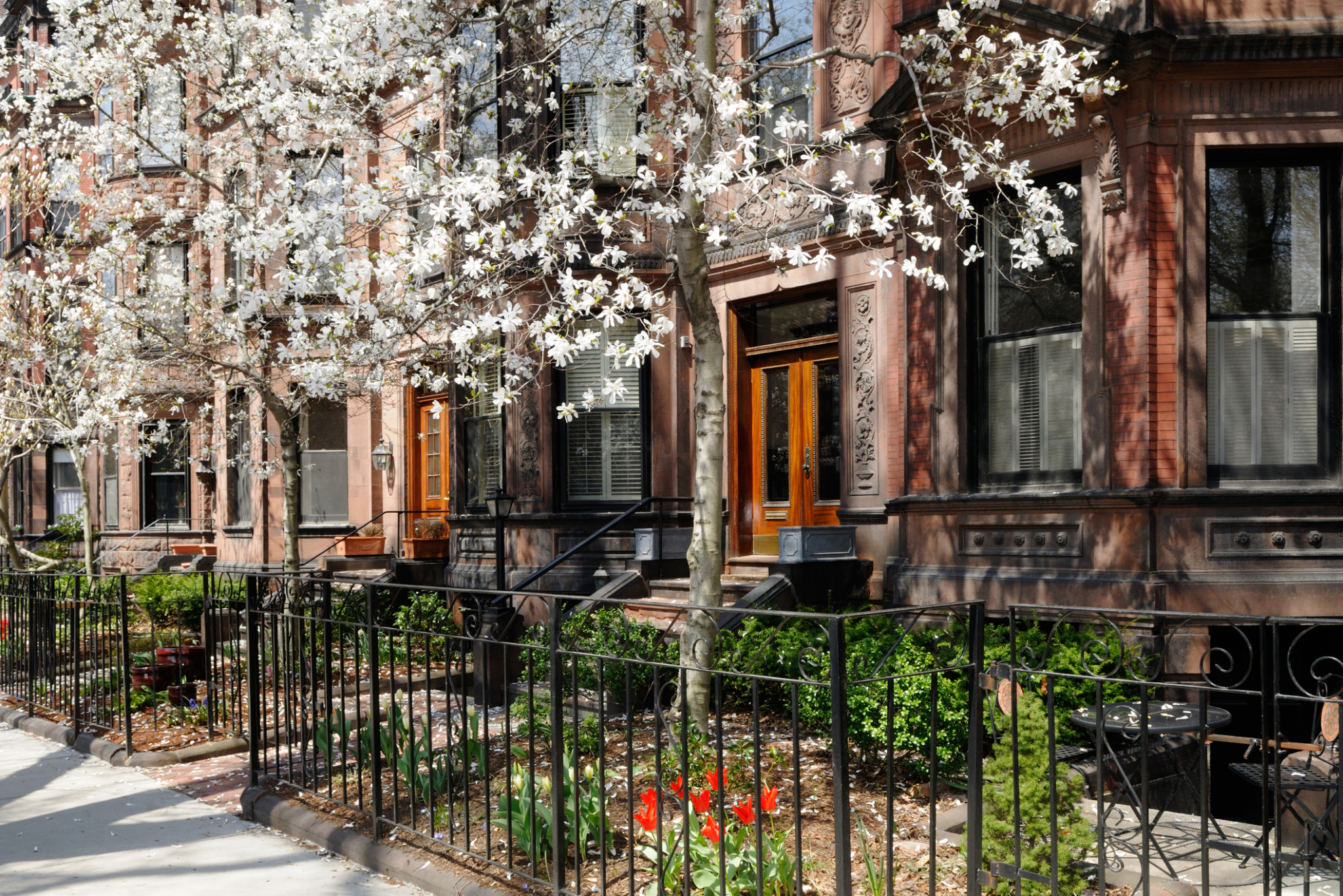
Dawn Ruffini, MAR president, said the biggest issue the market is facing is the shortage of houses.

Touchstone has brought on new attorneys, opened a new office and welcomed a CFO.
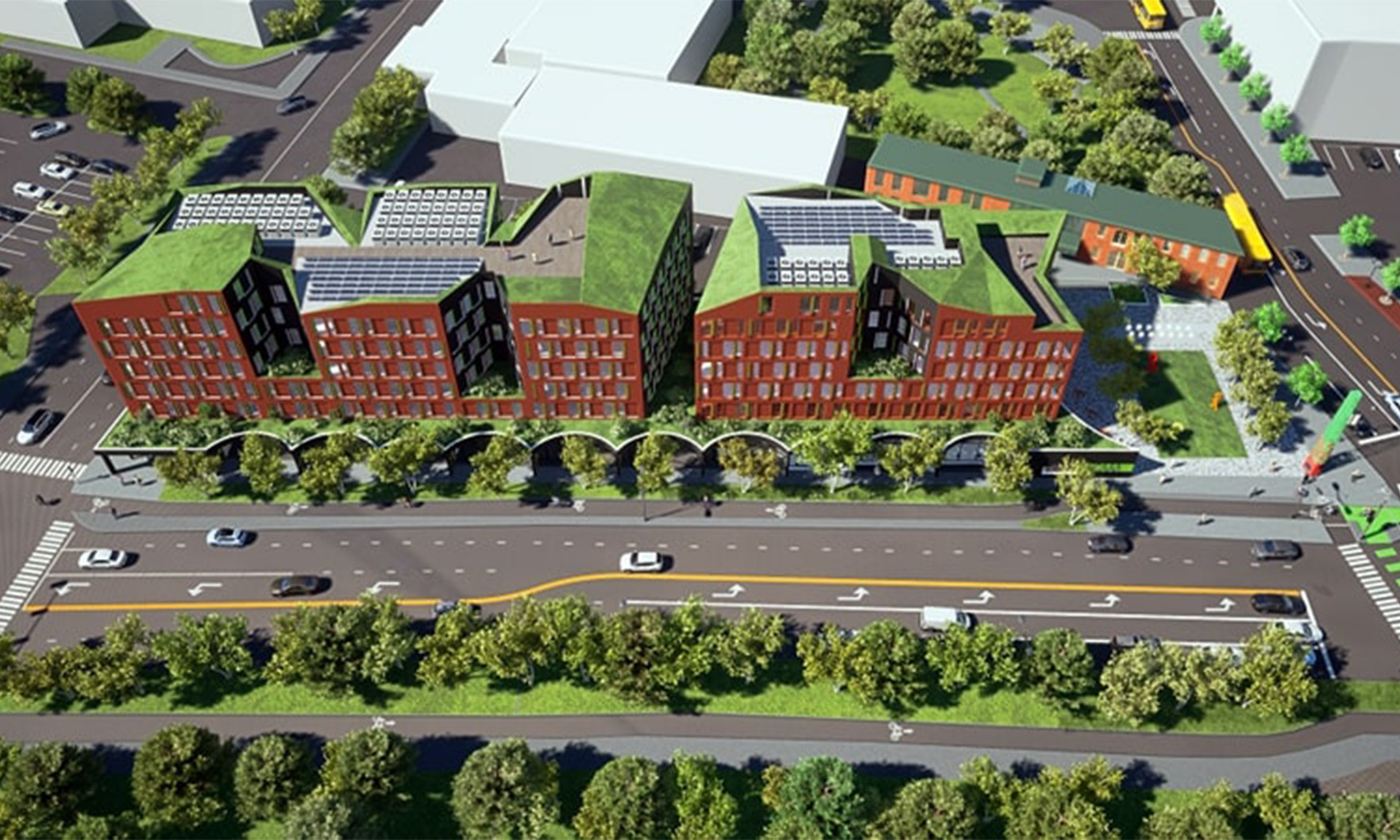
The Boston Planning & Development Agency gave the green light to two projects that will bring a combined 179 affordable-housing units to Roxbury and Dorchester.

Meanwhile, existing-home sales slid 3.4% from April to a seasonally adjusted annual rate of 5.41 million, according to the National Association of REALTORS®.
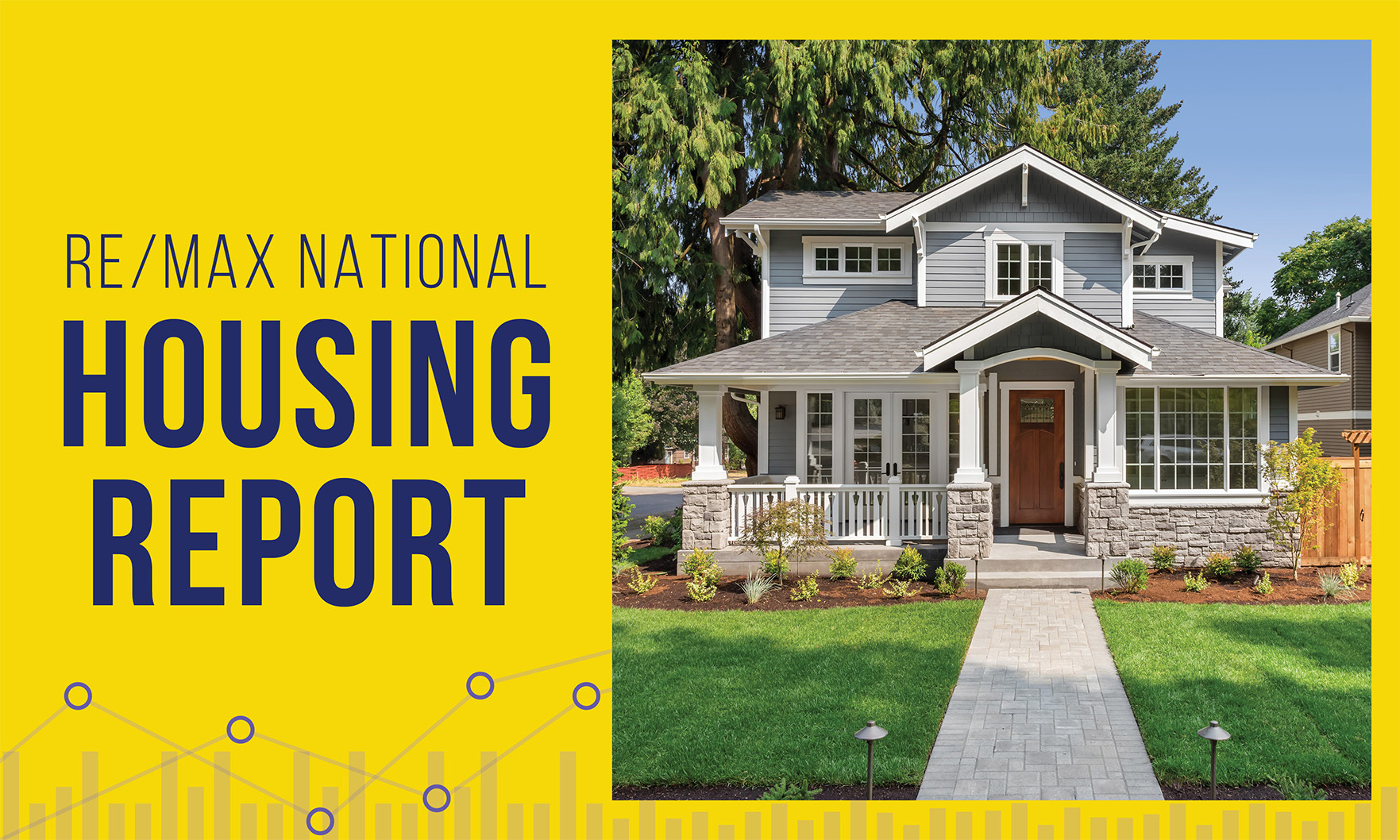
Nationwide, sales fell 8.5% annually and rose 5.8% monthly, as rising interest rates and home prices weighed on homebuyers’ purchasing power, RE/MAX said.

New-home completions rose during the month, however, with the increased inventory representing a rare bright spot in an otherwise gloomy government report.
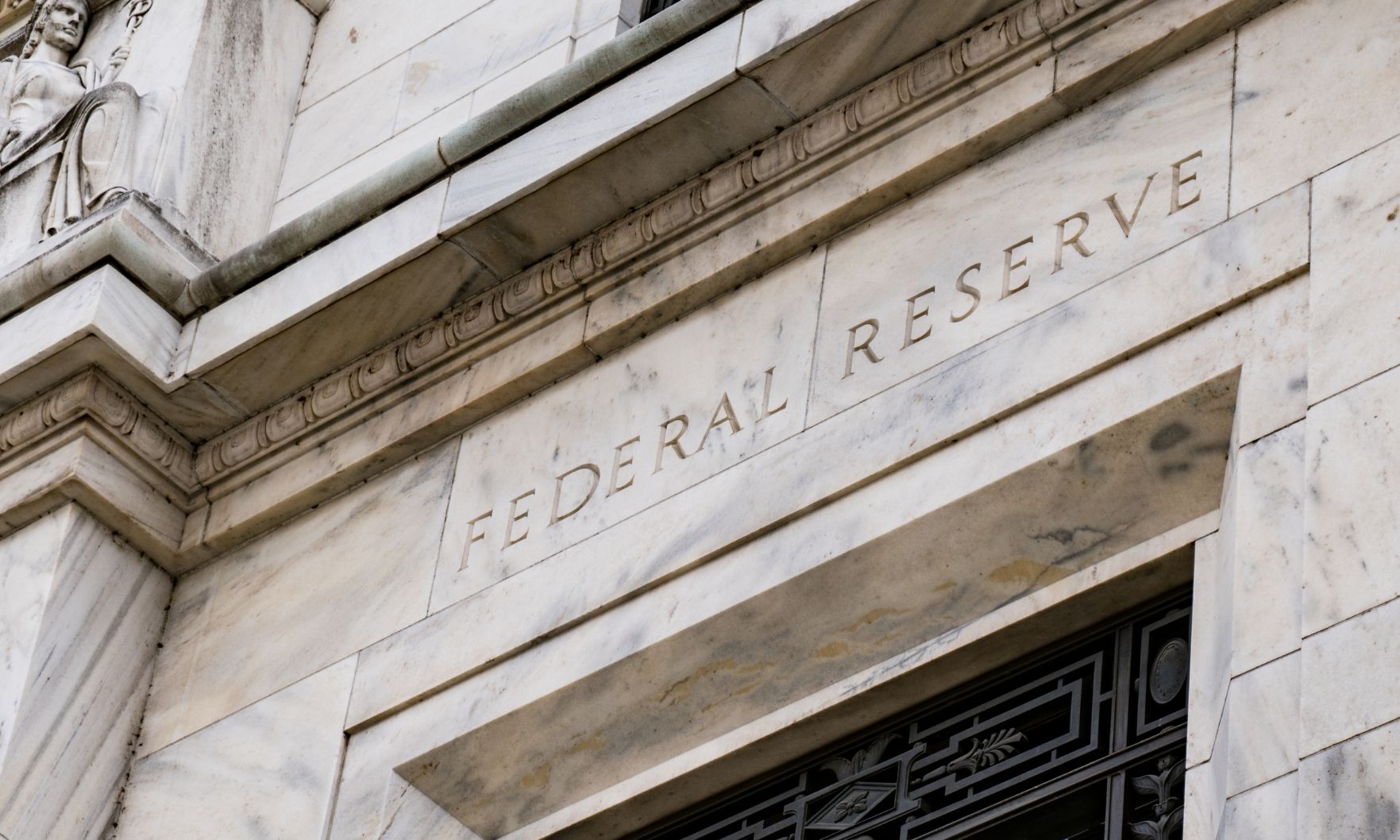
The Federal Reserve raised interest rates by .75%: the sharpest increase since 1994. How will that affect real estate?

Two major real estate firms are cutting their workforces amid a cooling housing market. Compass and Redfin are laying off 10% and 8% of their current staffs, respectively.

Lumber prices, once emblematic of widespread supply-chain woes, are finally beginning to fall. How will this affect the housing market?

It is a fun reminder that location is everything, and every state has amazing ultra-luxury properties for the right price.
